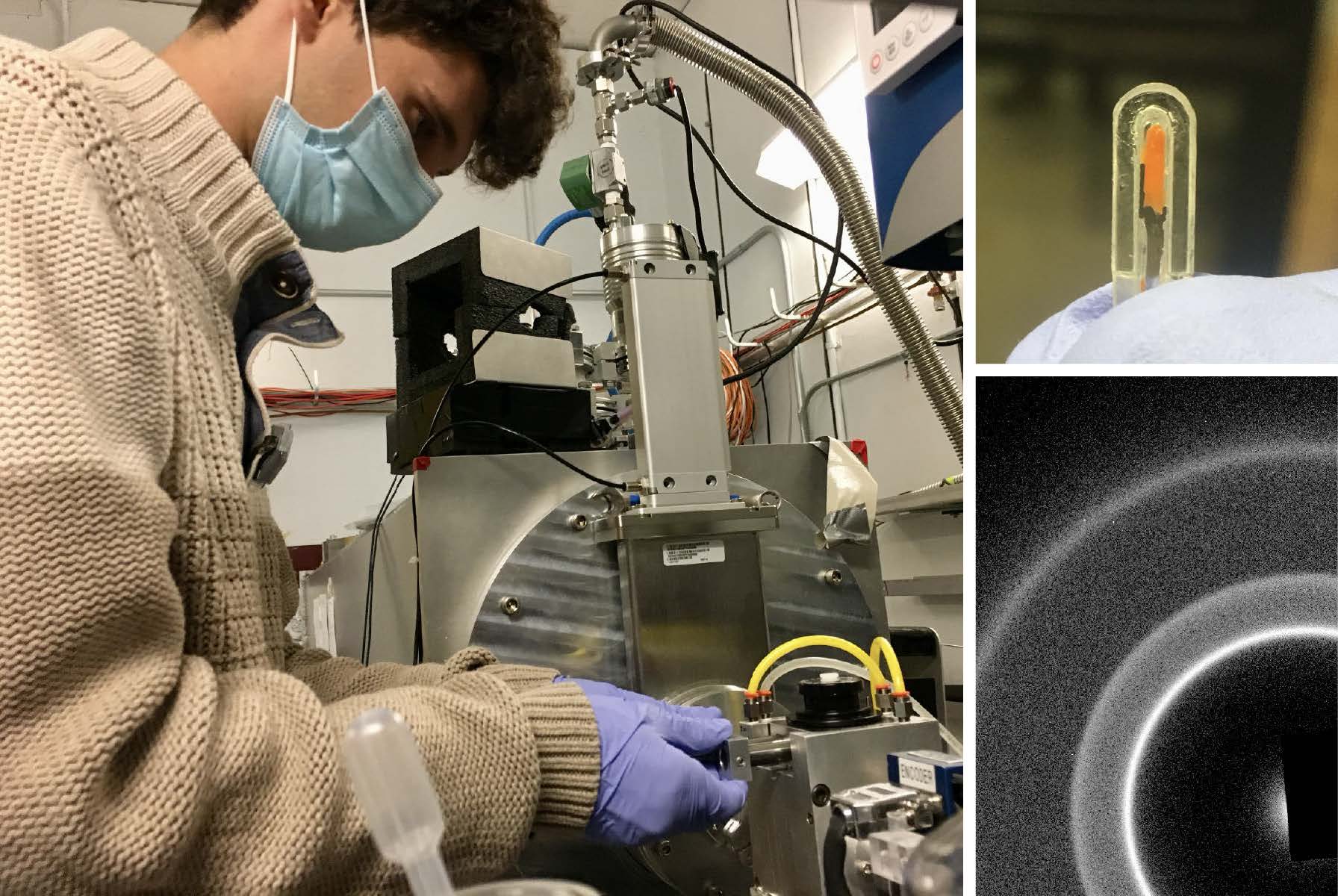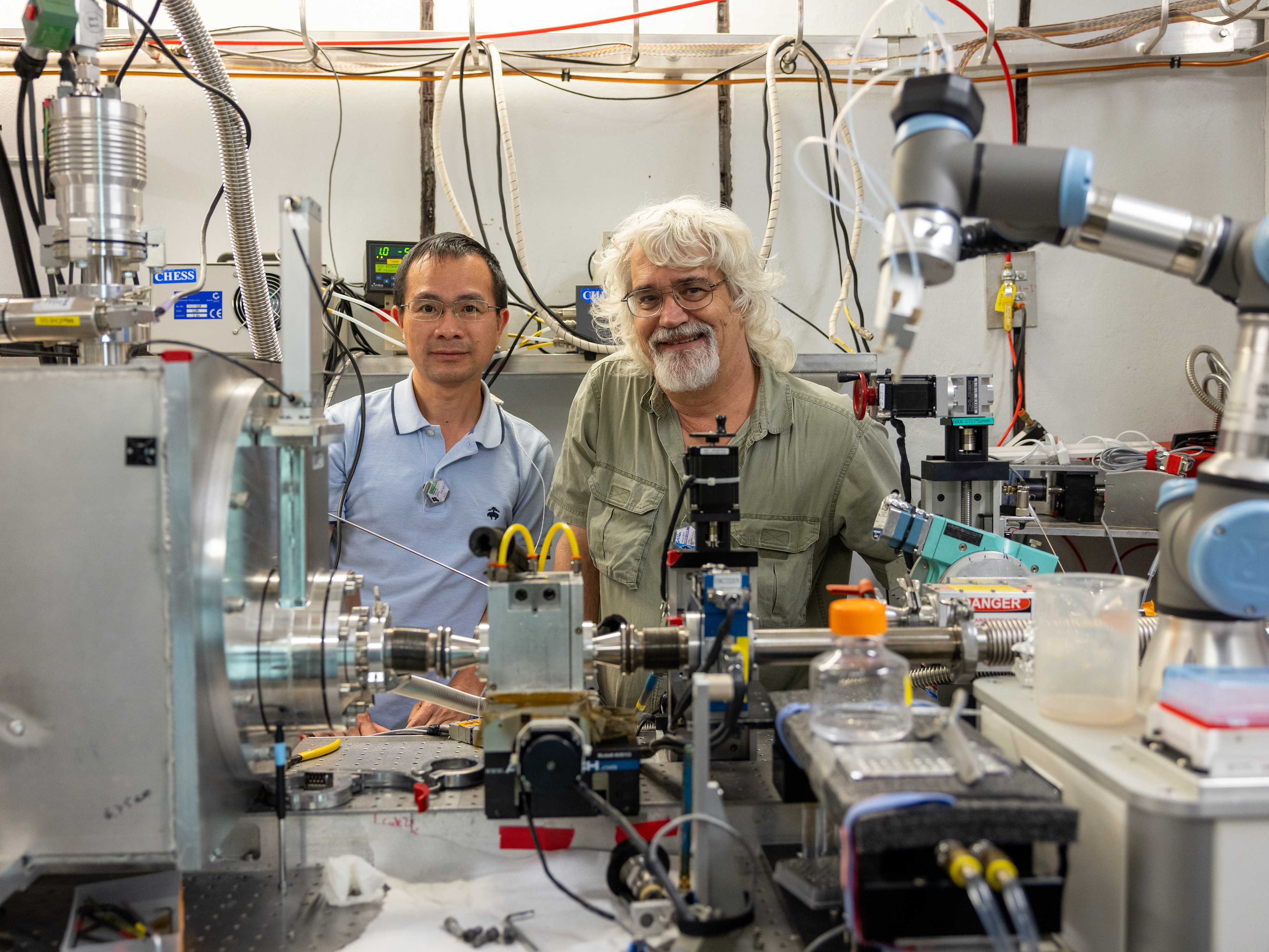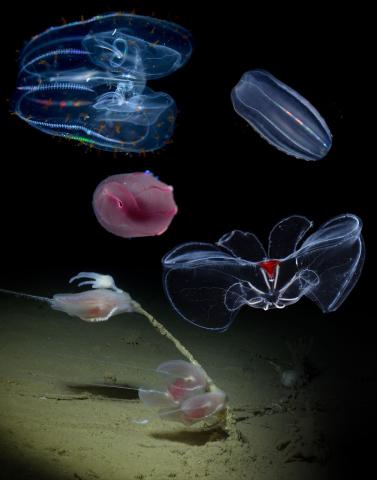The deep sea encompasses more than 90% of Earth’s habitable volume, characterized by low temperatures and high pressures, with pressure increasing by about 1 bar per 10 meters depth. This extreme environment is home to unique organisms with remarkable adaptations. The biological relevance of hydrostatic pressure is becoming much more widely understood and appreciated as discoveries of new niches for extreme life continue to emerge.
University of California San Diego Assistant Professor of Chemistry and Biochemistry Itay Budin teamed up with researchers from around the country to study the cell membranes of ctenophores (“comb jellies”) and found they had unique lipid structures that allow them to live under intense pressure. Their work appears in Science.

In addition to biological applications, hydrostatic pressure is a useful biophysical tool that can perturb systems in ways directly connected to the presence of atomic-level voids, cavities, and other volumetric properties. Under pressure, individual molecular complexes can dissociate, and monomers can unfold; transitions can occur in lipid mesophases, and liquid phases can dissolve and re-form.
Small angle X-ray solution scattering (SAXS) can detect and characterize pressure-induced changes in all these situations.
Comb jellies (ctenophores), which inhabit diverse ocean environments, have become a powerful comparative system for studying deep-sea adaptation. Recent research led by Itay Budin at UC San Diego has shown that comb jellies adapt independently to various depths, exhibiting physiological responses consistent with pressure-specialization.
High-Pressure Small Angle X-Ray Scattering (HPSAXS) at the HPBio Beamline in Sector 7 of CHESS allows scientists to probe structural signatures of pressure adaptation in deep-sea membranes. This technique has revealed that deep-sea lipids can change their structure in unique ways, even under high pressure, which helps them keep cell membranes stable and working properly in extreme environments.

CHESS is the only US facility equipped for these experiments.
CHESS’s capabilities are essential for advancing our understanding of how organisms survive and thrive under extreme pressure. This knowledge not only deepens our appreciation of life’s resilience but also has potential applications in biotechnology and medicine.
Read more about Budin's research performed at CHESS on the UCSD website: Under Pressure: How Comb Jellies Have Adapted to Life at the Bottom of the Ocean
This work is based on research conducted at the Center for High-Energy X-ray Sciences (CHEXS), which is supported by the National Science Foundation (BIO, ENG and MPS Directorates) under award DMR-1829070.
